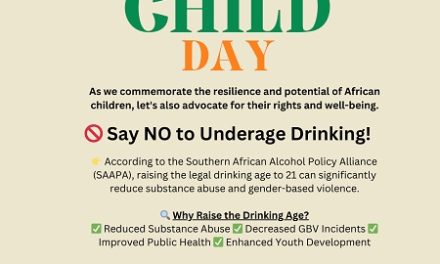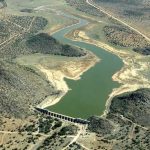
FAO pledges US$10 million for SADC to support 13 million people affected by drought and floods

The SADC region faces a humanitarian crisis because of the ongoing El Niño induced drought and floods that are negatively impacting the lives and livelihoods of millions of people in the region.
According to the SADC El Nino Appeal, an estimated 60 million people in Southern Africa are food insecure.
Across the southern half of the region, many areas experienced significant crop water deficits resulting in reduced crop production while Malawi, Namibia, Zambia and Zimbabwe have declared states of national disaster due to the drought.
Livestock have also been impacted by the El Niño-induced dry conditions, due to considerable deterioration in vegetation conditions across the southern half of the region this season, as well as reduced water availability for livestock and wildlife.
In Malawi, 23 districts have been impacted, and a preliminary assessment by the government estimates that up to 2 million farming households and 44 percent of the national cropping area have been affected. In Zambia, 1 million hectares planted with maize have been affected. Namibia has instituted drought relief measures to mitigate the impact on agriculture. In Zimbabwe, over 1.4 million cattle have been reported as being at high risk of death due to lack of water and pasture.
Satellite-based vegetation indices (NDVI) used for large-scale monitoring of vegetation conditions were below average throughout March 2024 in large areas of southern Angola, Botswana, Lesotho, southern and central Mozambique, Namibia, South Africa, southern/western Zambia, and Zimbabwe.
The El Niño-induced drought experienced in the central parts of the SADC region poses significant challenges to water resources. Water levels in reservoirs, rivers, and groundwater sources are diminishing. Impacting irrigation capacities, hydroelectric power generation, drinking water supplies, and ecosystem health. Monitoring by the Zambezi River Authority suggests that as of 20 April, the Kariba dam which generates most of the power for Zambia and Zimbabwe was at its lowest level historically for this date. In Namibia, many rivers are reported to have dried up, and dam and borehole levels are reported to have dropped, with breakages exacerbating the problem.
Noting the multifaceted and cascading impact of El Niño across multiple sectors, especially Agriculture and Livelihood Security, Food Security, Nutrition, Health, Water, and Energy, SADC Member States during the Extra-Ordinary Virtual Summit of SADC Heads of State and Government on El Niño induced drought and floods, held in May this year, launched the SADC Regional Humanitarian Appeal of US$5.5 billion and called for coordinated, integrated, and harmonized interventions to address the adverse impact of El Niño.
In response to the El Nino FAO already released USD10 million, aimed at supporting the most vulnerable people through Anticipatory action and response. In a communiqué released after the summit, SADC acknowledged “US$10 million support to affected communities in the most affected countries. FAO appealed for additional support from the international community to meet the urgent humanitarian needs in the affected Member States and communities,” the communiqué stated.
To meet the urgent humanitarian needs in the affected Member States and communities, FAO developed a US$ 360 million El Nino Regional Response and Preparedness Plan (ERRP) that aims to provide humanitarian support to 13 million people in Southern Africa mostly affected by the El Nino droughts and floods.
“We know that the actual needs in the Member States far exceed this. The FAO ERRP takes cognizance of the potential for early smallholder farmer recovery through the harnessing of off-season food production avenues as well as harnessing the opportunities for better crop performance through the forecasted La Niña,” said Patrice Talla, FAO Subregional Coordinator for Southern Africa.













































